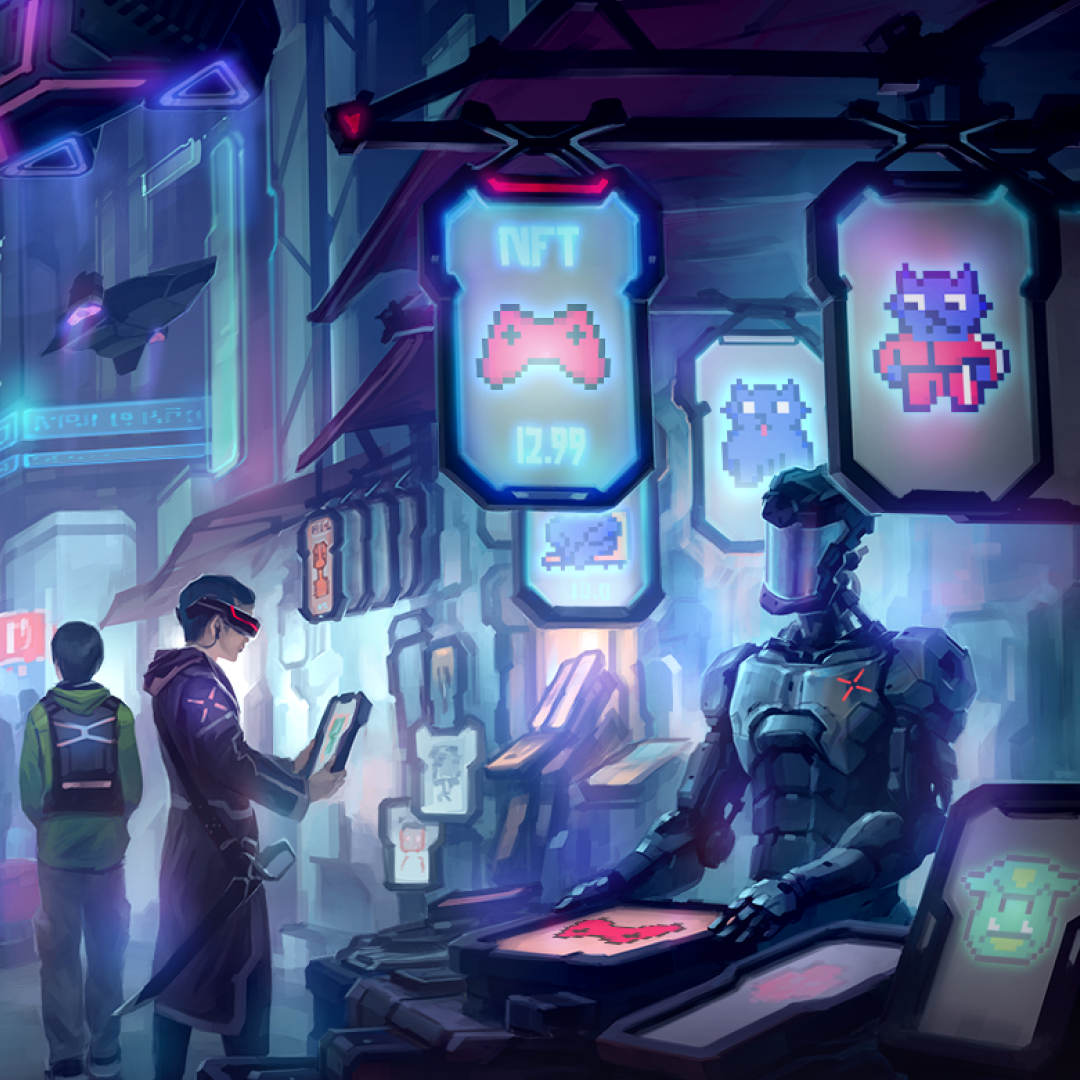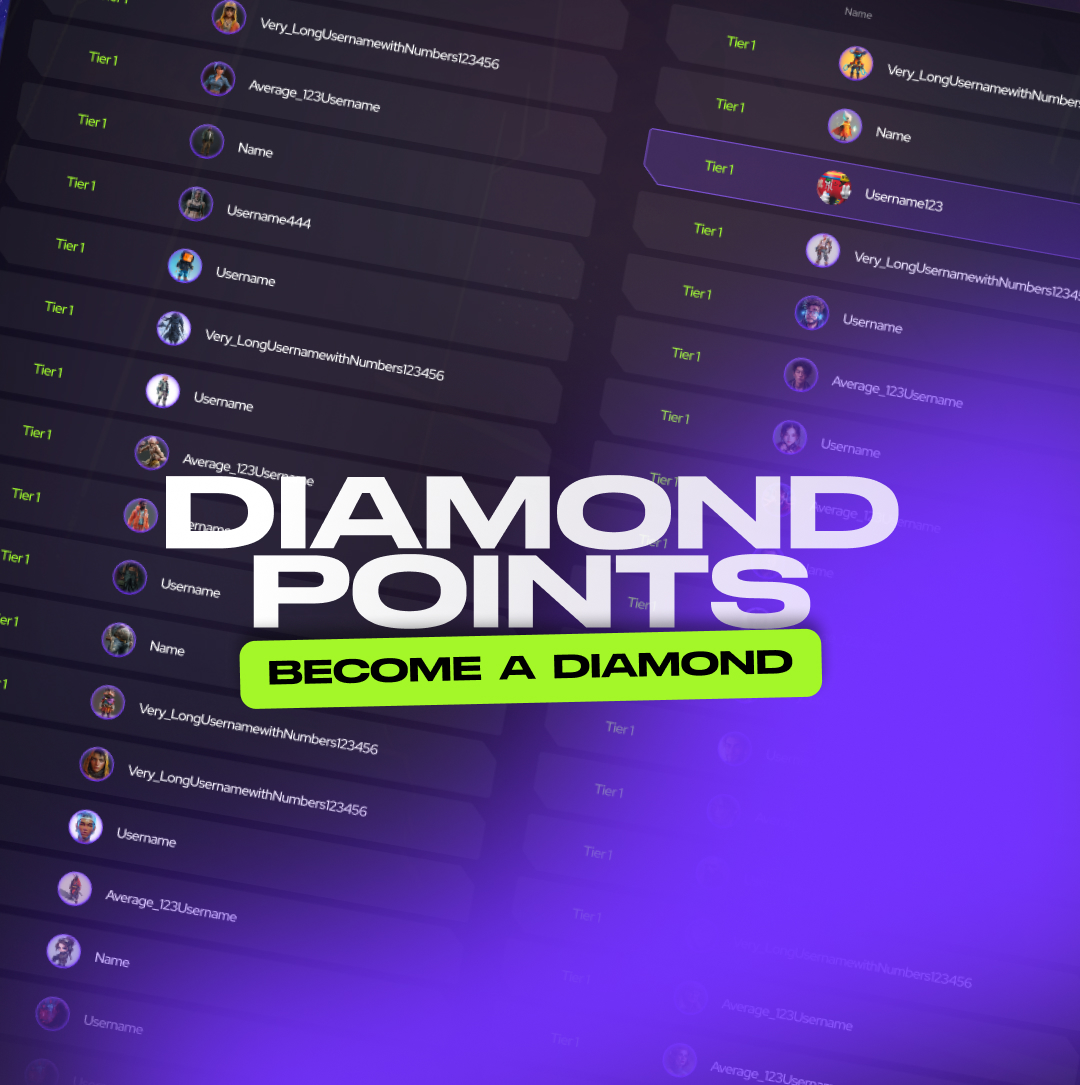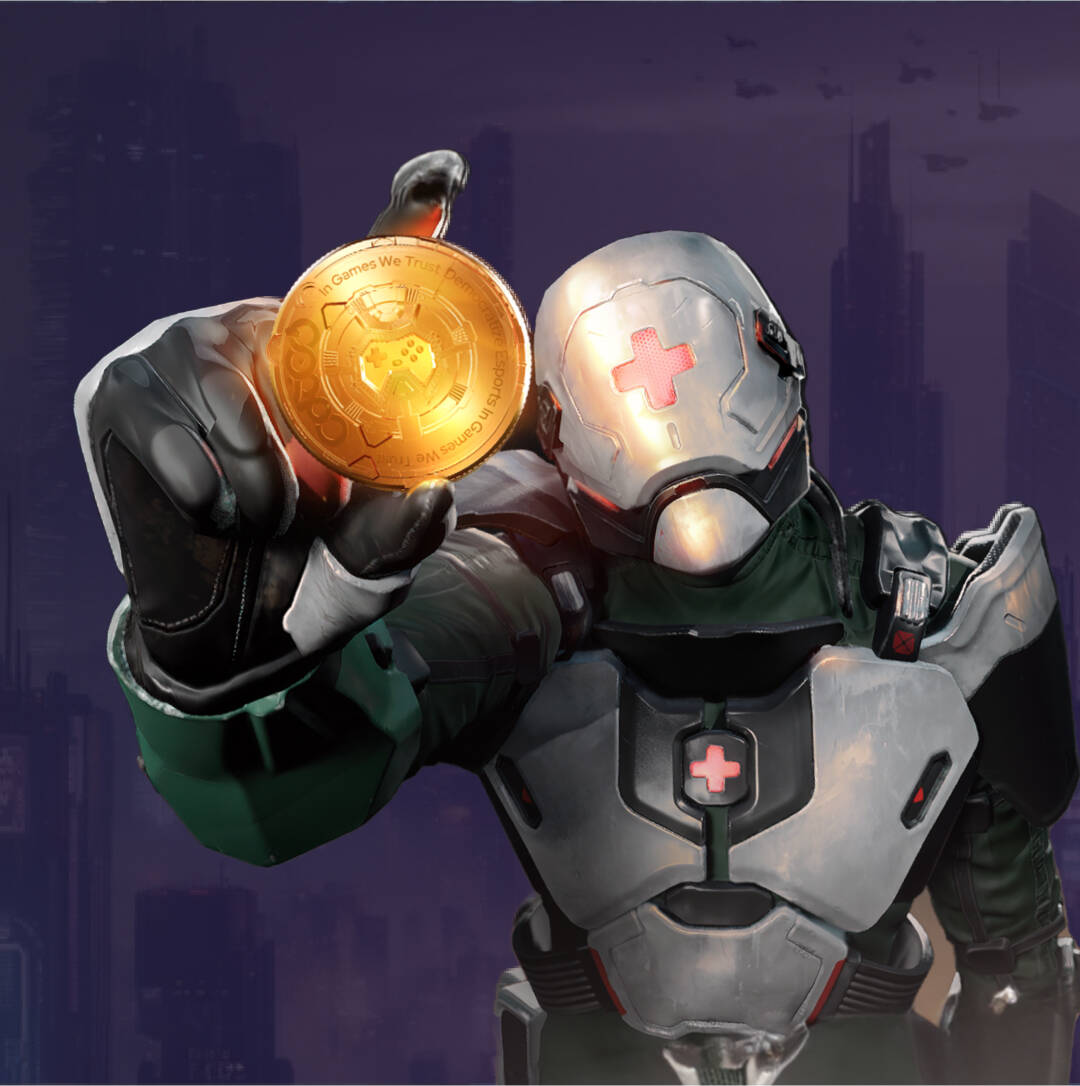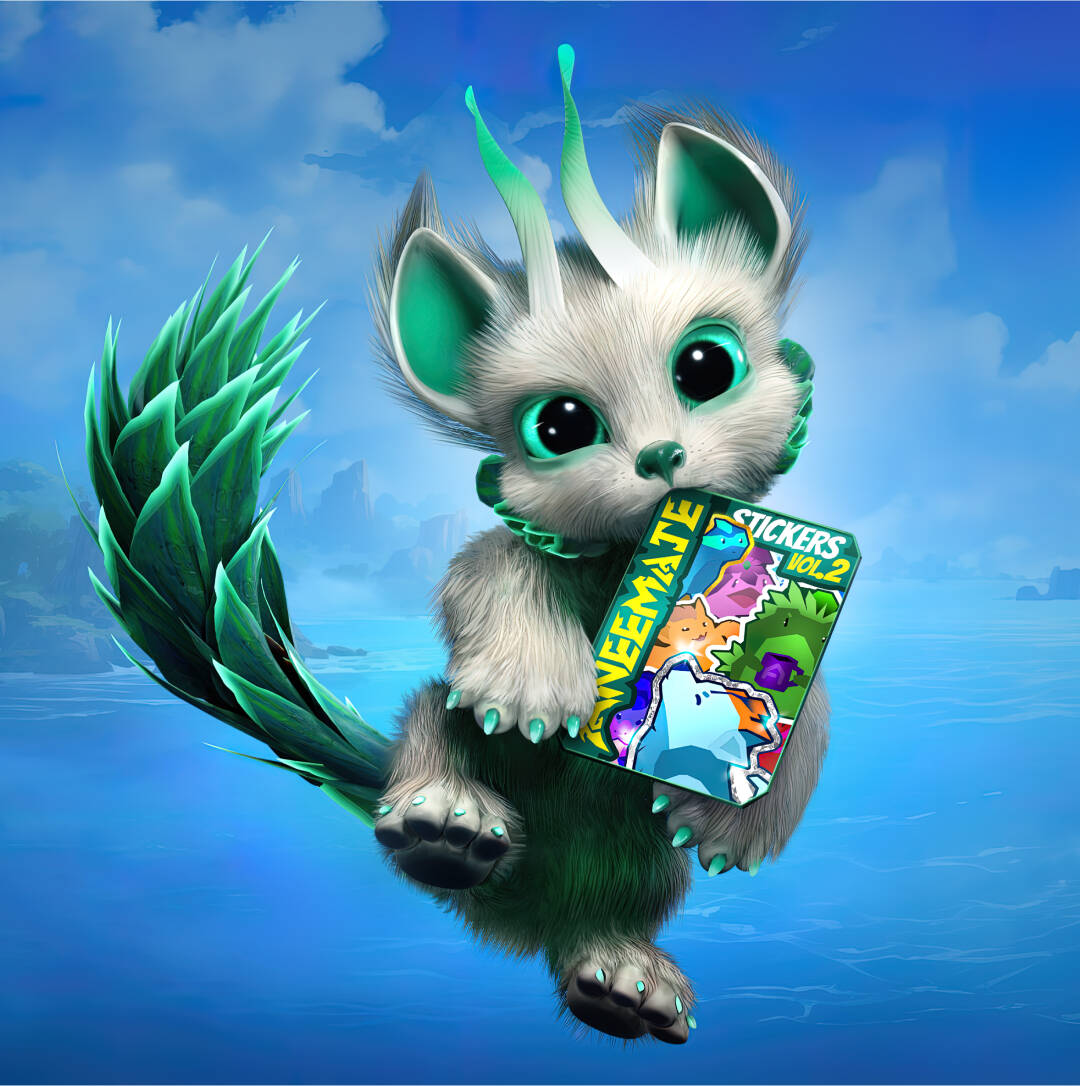Brands are starved to advertise, more so with an impact. As traditional advertising channels are getting less effective due to ad avoidance, ad fatigue, and decreasing attention span, marketers and product owners are forced to constantly innovate the way they interact with audiences.
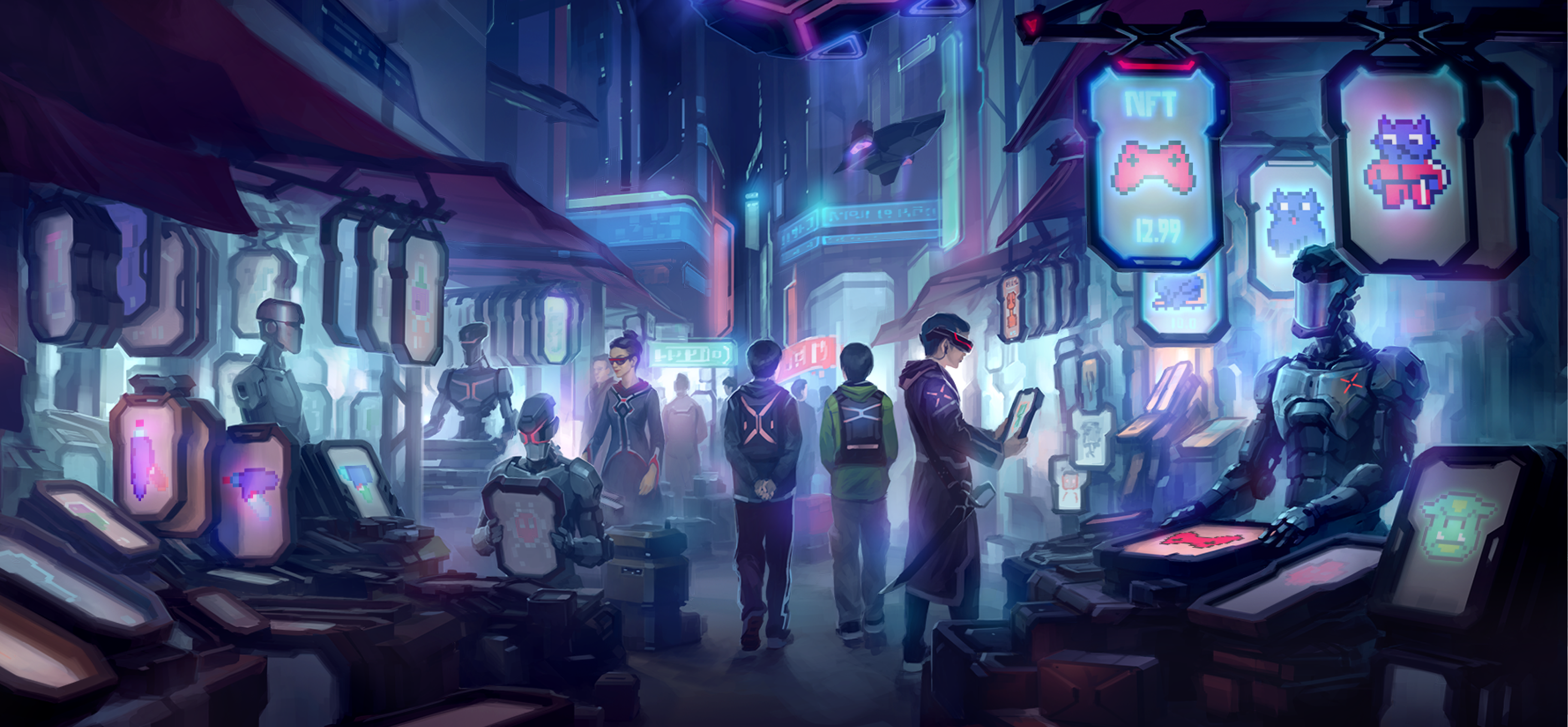
In-Game Advertising - Potent Impact, Clumsy Management
Games have proved to be an exceptionally potent vessel for advertising. In fact, in-game advertising excels at ad metrics, such as impressive ad viewability, view attention, and, most importantly, product purchase potential. Any downsides? Loads of them.
It takes big bucks to enter the game, leaving smaller brands and businesses out. Additionally, unlike typical digital marketing methods, particularly pay-per-click (PPC) campaigns, managing in-game advertising campaigns demands more than just a simple click of a button. Tedious planning, strategy building, and hefty budget allocation is what in-game advertisers are left with. Except, there’s a different way.
Crypto & NFT Utilization in Advertising
Various NFT utilization approaches have seen the light of the day. While player-focused NFT utilities are well-explored, the advent of metaverse ideas and vast gaming worlds opened the gates for B2B opportunities. Advertising arises as one of the main drivers. The world of Web3 gaming fosters the benefits of traditional in-game advertising models but widens the possibilities for advertisers.
Buying Digital Lands
The idea of digital lands revolves around interoperable virtual universes where people socialize, work, interact, and play. Gaming has been at the center point of such venture, leading to the roots of metaverse gaming. Despite the humble beginnings, the idea of metaverse and digital lands attracts the attention of major technology companies.
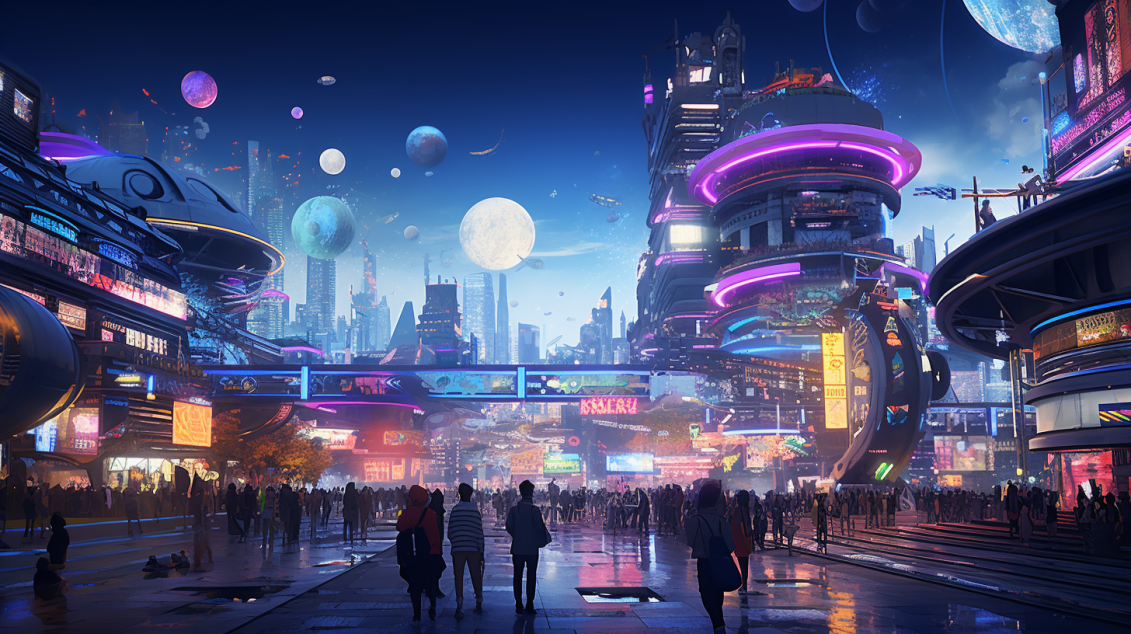
The metaverse is capturing the attention and investments of tech giants like Microsoft, Meta (formerly Facebook), and Google, along with industry leaders like Nvidia, Unity, Epic Games, and Roblox. These companies are pouring billions into the development of virtual worlds and technologies that promise to revolutionize how we interact, work, and socialize.
Microsoft's Mesh platform, Meta's rebranding and acquisitions, and Google's VR and AR innovations represent just a fraction of the industry's massive commitment to the metaverse. Venture capital firms and startups are also joining the race, collectively contributing over $10 billion in 2022 alone. The allure lies in the metaverse's potential to redefine business, offering new avenues to connect with customers, sell products, and create innovative experiences in an ever-expanding digital universe.
Huge investments aside, virtual lands can serve as unique, flexible, and powerful advertising spaces. Imagine having your own virtual piece of land at your disposal for a handful of tokens or NFTs. Just like traditional OOH (Out-of-Home) advertising, placing ads on your own virtual lands can prove highly impactful in raising brand awareness, only with much better data measurement possibilities.
Branded NFT Skins
In the world of Crypto Gaming, in-game assets, such as skins, are one of the most sold NFT types. Video game publishers made $3.64 billion from selling NFTs in 2022. This number is expected to grow to $15.46 billion by 2027. This, naturally, opens new horizons for advertisers. How about striking a partnership with an NFT game studio for branded NFT in-game assets? Having a fan-favorite hero or weapon re-skinned in your own brand sounds tempting. Right?
Tokenized Banner Ads
Digital banners have established themselves as one of the most sought-after advertising channels. In 2021, worldwide expenditure on banner advertising amounted to approximately $64 billion USD. Projections indicate a consistent annual growth rate of 4.6 percent until 2028 when it is anticipated to surpass $87 billion.
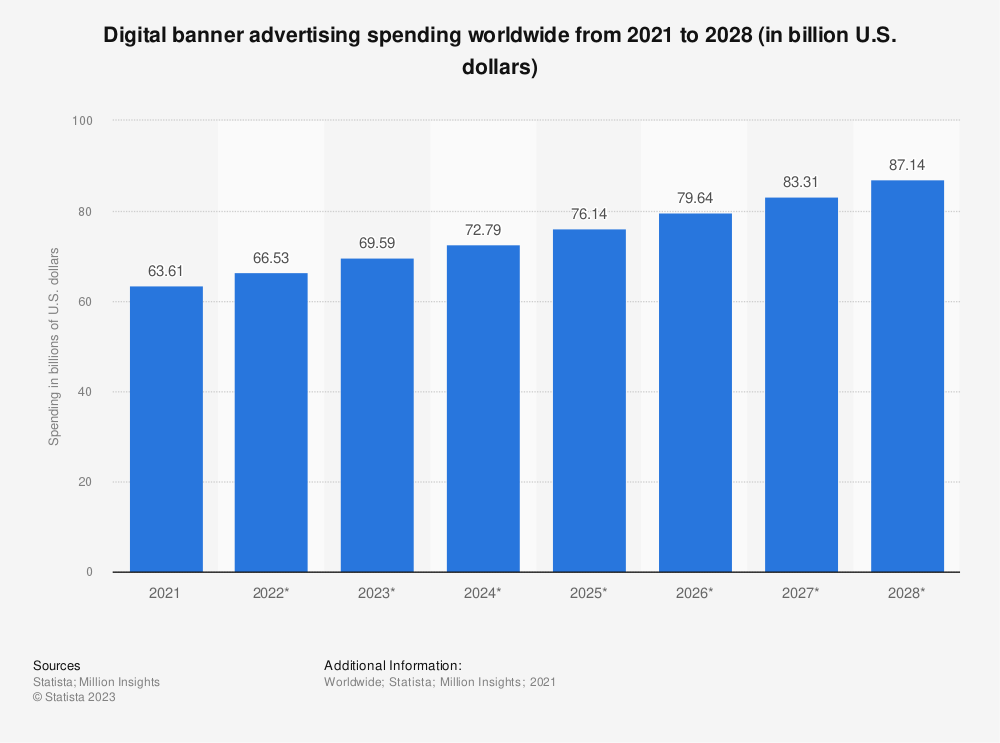
Despite these stunning numbers, banners are facing problems of their own. Increasing ad avoidance and ad-blocking are making it harder to reach out to the target audience. But how about placing your banner inside of the immersive gaming experience, making it smoothly blend in with the game’s environment? NFTs and tokens can perfectly serve as sort of banner vouchers for an advertiser to fill the in-game banners with their brand colors, logos, and messaging. This way, uBlock Origin will be of little use, and ad resistance we’ve developed toward web banners will be overcome by the native placement within the gaming environment.
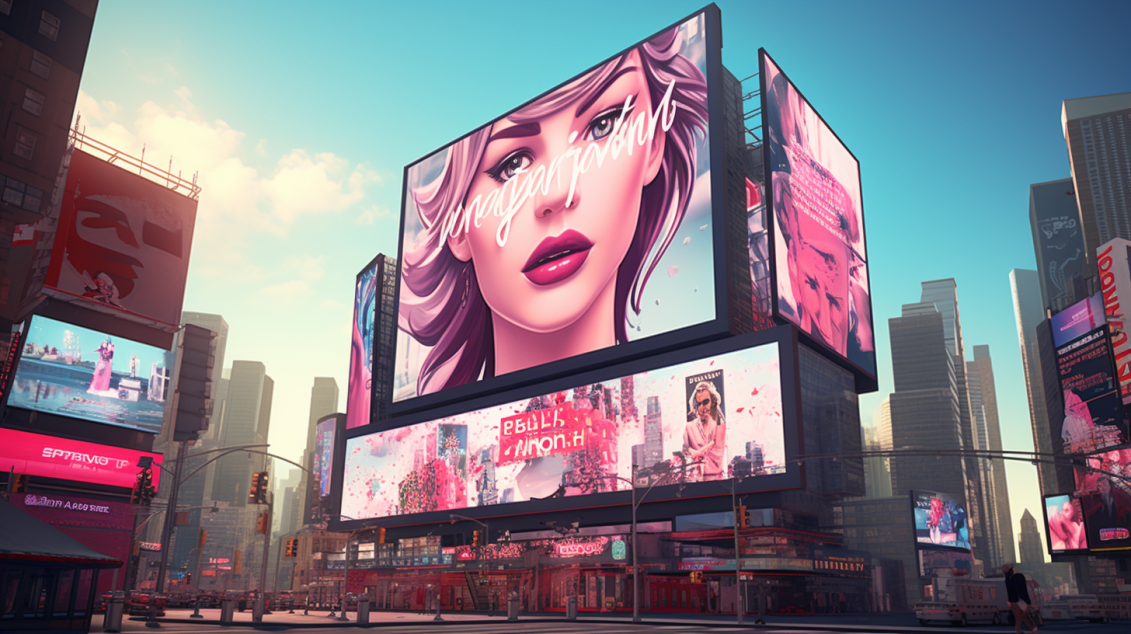
Branding in Games’ Reward Models
Marketing through in-game rewards has a deep root in Web3 space. Brands and companies active on the blockchain are constantly seeking new opportunities to expand their audiences with partnered NFT giveaways and airdrops. And players are always eager to get rewarded. While Web3 companies are hoping to introduce new users to their ecosystems and boost their on-chain activity through minting, traditional, Web2 companies can follow the same path and benefit too.
Throughout my entire time in crypto gaming, I’ve never heard of a studio that would turn down a sound proposal of an NFT giveaway partnership. And in this quickly emerging market, only imagination is the boundary of possibilities. If a company can find a Web3 project aligned with its target audience, a branded NFT giveaway can serve as an unconventional, albeit highly effective, way of brand promotion.
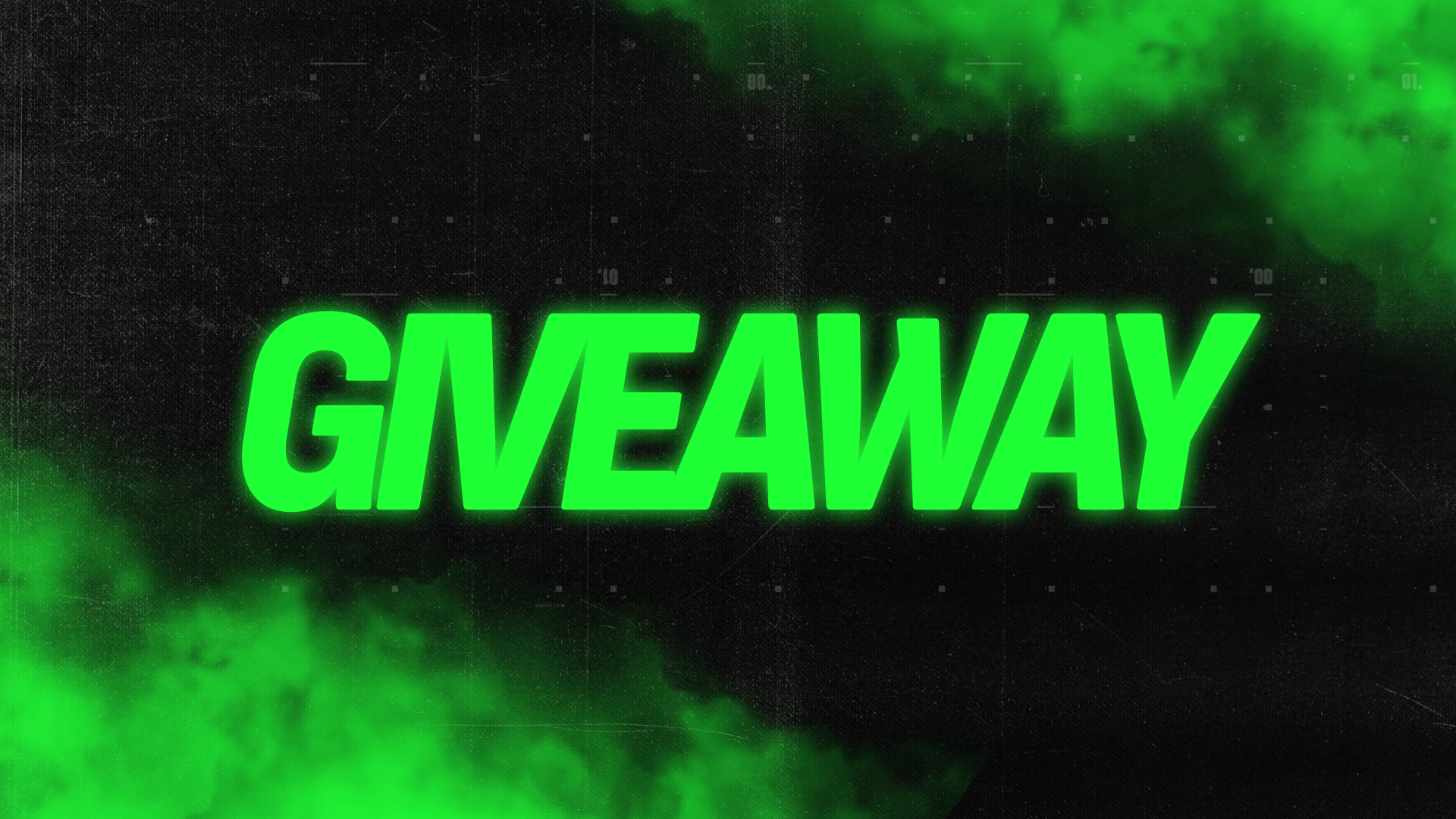
Branded Event Sponsorships
Similar to the previous in-game marketing approach, branded event sponsorships in Web3 are another innovative way to promote your brand or product to new audiences. Anyone active in the crypto sphere is well-acquainted with cross-promotion digital events, mainly Twitter Spaces (sure, I know it's X now), exclusive meet-up groups for NFT holders, and aforementioned partnered giveaways.
All of the above used to work well until it became another tiring industry gimmick. But possibilities don’t end here. From our experience, the only way to carry out a successful event marketing campaign is through events that users find engaging and valuable. In our case, sponsored tournaments with hefty prize pools drove massive results. Branded tournament arenas, Twitch streams, and thousands of players engaged in the heat of battle proved to be worth it.
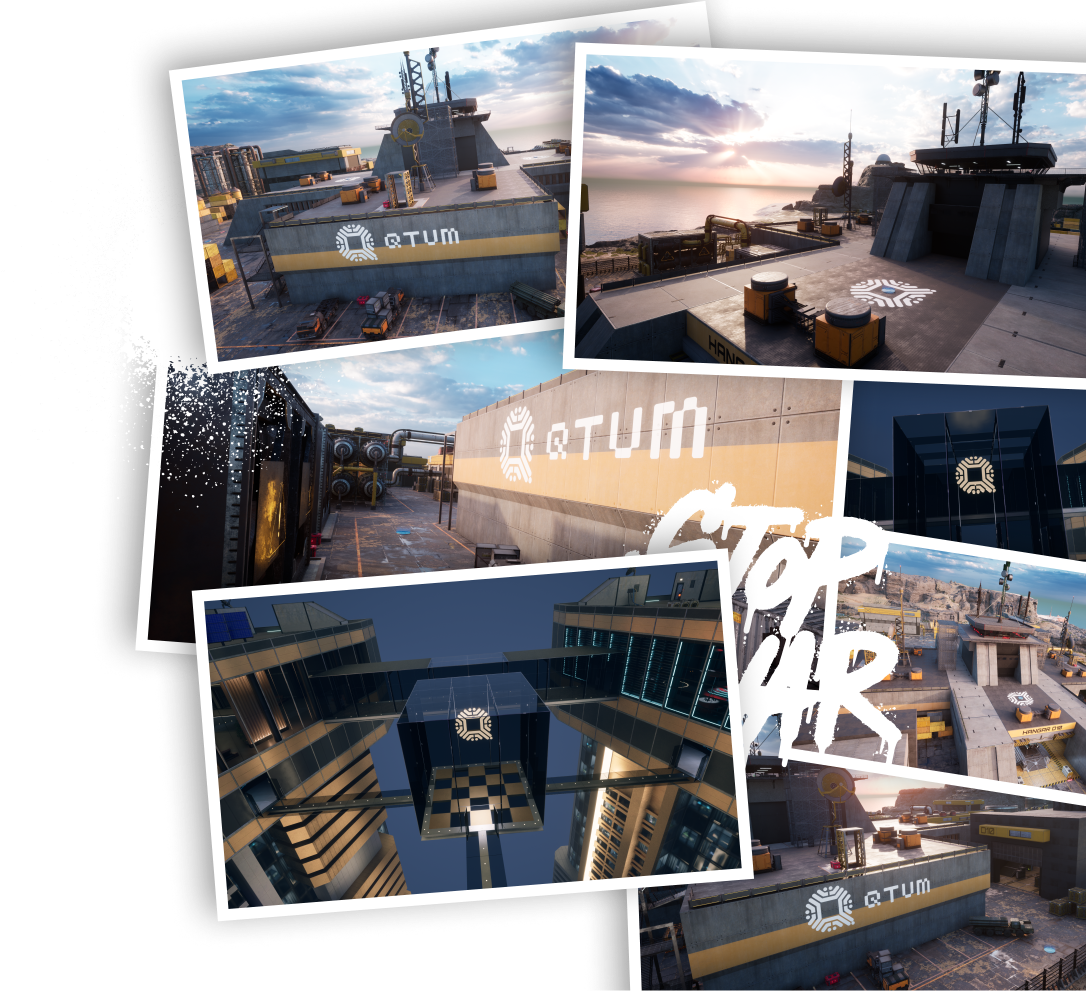
Future Challenges to Overcome - Issues & Beacons
Everything might look great on paper, but Web3 marketing opportunities still face several challenges before going through mass adoption. Lack of infrastructure, volatile sustainability of crypto projects, and general skepticism are hindering the hypothetical potential this new emerging world introduces to the table. The speculative nature of many investment opportunities in the metaverse and NFT-driven projects still plays a significant role in decision-making.
However, there are beacons of hope for crypto flickering on the horizon. After big tech companies invested generously into metaverse projects, Google has brought the most recent wave of fresh air into NFT gaming, specifically with their September update to cryptocurrency ad policy. NFT game projects will no longer be cast out of the Google Ads network after meeting certain conditions, such as avoiding the promotion of gambling. At the same time, Google also welcomes NFT games on the Google Play store. When the biggest digital advertising gatekeeper opens the gates, it’s safe to say that the bright future lays ahead of games powered by non-fungible tokens.

